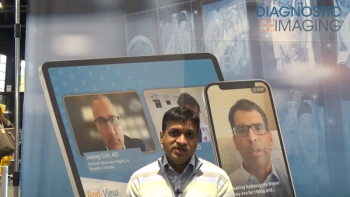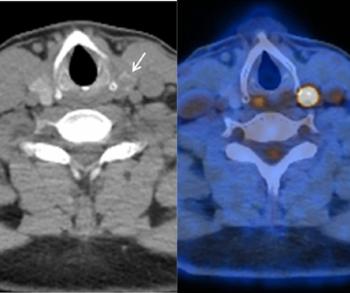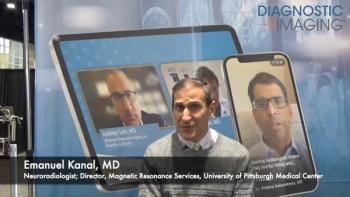
Multicenter Study Validates New MRI Scoring System for Peripheral Neuropathy
In addition to facilitating strong interreader agreement among radiologists of various experience levels, use of the proposed Neuropathy Score Reporting and Data System (NS-RADS) classification for peripheral neuropathy reportedly improved accuracy in differentiating between milder and more severe categories for muscle abnormalities and nerve lesions.
While peripheral neuropathy has a wide range of etiologies and clinical presentations, a newly published magnetic resonance imaging (MRI) classification system may enhance the diagnosis of the condition, which reportedly affects 13.5 percent of people over the age of 40 in the United States.
Noting the lack of a standard guideline for evaluating and reporting peripheral neuropathy on MRI studies, the authors of a recently published study in the
In a subsequent retrospective multicenter study involving 100 patients and 11 radiologists of varying experience to review the MRI exams, researchers found that accurate assessment of the final pathologic diagnosis with the NS-RADS classification ranged from 71 to 88 percent. The authors said the study revealed “excellent interreader agreement” and a mis-categorization rate of 1.8 percent. When it came to differentiating between milder and more severe categories, the study authors noted nine percent and eight percent increases in accuracy, respectively, for nerve lesions and muscle abnormalities.
“One of the strengths of this new NS-RADS (classification) is that a broad spectrum of nerve pathologies is covered and reliably classified,” wrote lead author Avneesh Chhabra, MD, MBA, a professor of radiology and orthopedic surgery at the University of Texas Southwestern, and colleagues. “ … On the basis of the overall promising interrater agreement shown in this study, we believe that the newly proposed NS-RADS classification will perform as well in routine practice as it did in this initial validation study.
While acknowledging neurodiagnostic testing as the traditional standard for diagnosing peripheral neuropathy, Chhabra and colleagues pointed to research noting that
The study authors suggested that the NS-RADS classification may have an impact in future research on peripheral neuropathy with more standardized communication and verbiage facilitating longitudinal and multicenter data collection and tracking of patient outcomes.
Study limitations included a heterogeneity of kappa values among the category classes, which the authors attributed to a lack of diverse disease severity in the study cohort as well as small sample sizes for some of the categories such as entrapment. Chhabra and colleagues also noted that reader fatigue could have factored into the results as the reviewing radiologists interpreted the 100 MRIs in one sitting.
Newsletter
Stay at the forefront of radiology with the Diagnostic Imaging newsletter, delivering the latest news, clinical insights, and imaging advancements for today’s radiologists.




























